
Tutorials
How to Compare Two Branches in GitHub
Try For Free
Step by step, we explain how to do specific tasks related to software development and GitHub utilization.

Tutorials
Try For Free

Tutorials
Merging is essential to every developer's workflow in Git. Without merging, your codebase would wither as contributors come up empty-handed when it comes time to mix their work in with what has already been published. Merging makes this all possible. But merging can also make for a mean

Tutorials
GitHub has done quite a lot for the developer community over the years, facilitating the kind of collaboration on code that modern dev projects simply could not survive without. GitHub ships tens of thousands of improvements per year to help keep dev teams all over the world from waking up
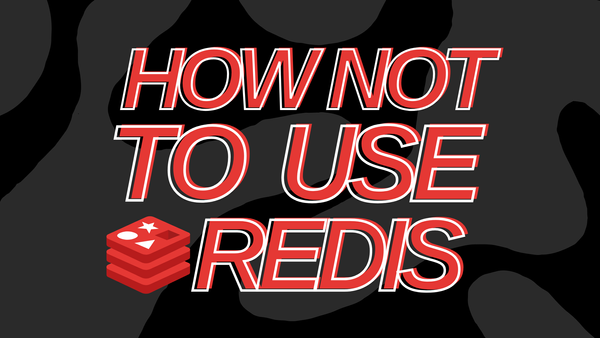
Tutorials
It's not a secret that we are fans of Redis. We've been leveraging it since day one at Mergify to store various volatile data. It's fast, robust, and easily scalable. Six months ago, we introduced speculative checks [https://blog.mergify.com/announcing-speculative-merge-queues/] support for
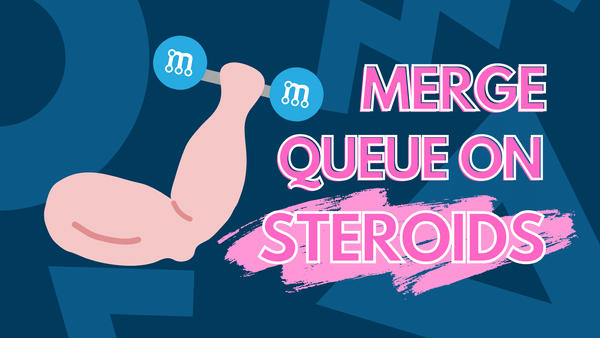
Product Features
In every engineering team, developers want to see their "ready to merge" work landing as soon as possible into their source code repository. Nobody wants to wait, and this directly impacts the velocity of the team. The worst part of the merging process would be to have to
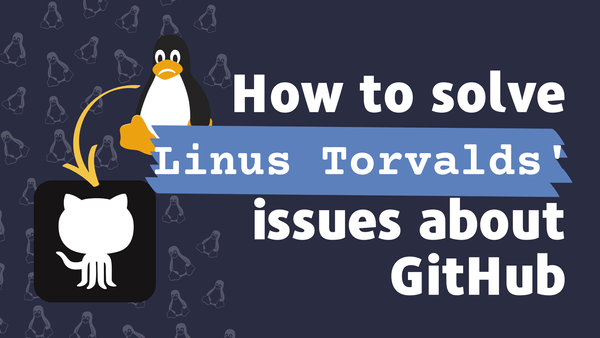
Technical
While Linus Torvalds is well-known for Linux, he's also reputed for not having his tongue in his pocket. He is often complaining loudly about what he thinks is wrong or damageable to the industry. As the creator of Git 15 years ago, it's interesting to hear

Tutorials
GitHub makes collaborating with many different people on a single piece of code or software much easier by managing the details involved in version control alongside your project's evolving history. This makes it especially useful for comparing code changes as they come in and sorting out differences between

Tutorials
GitHub merge methods can be tough to choose correctly. Implementing the wrong merge method on your project's main branch can detract from your team's ability to follow along and contribute. In other words, using the wrong merge method for the occasion defeats the entire purpose of
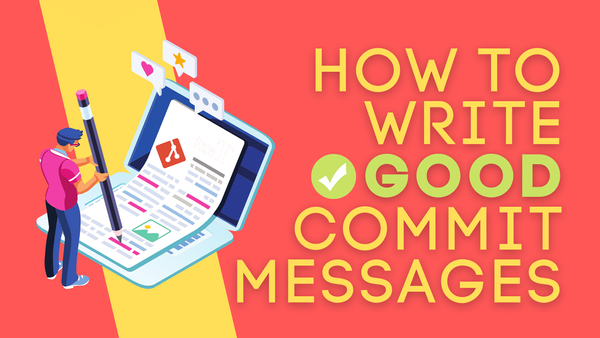
Tutorials
Good commit messages make a big difference in your team's ability to stay on top of changes to your codebase. However, coming up with useful and understandable messages is often easier said than done, especially when you’re hard at work. Luckily, there are a few tricks to
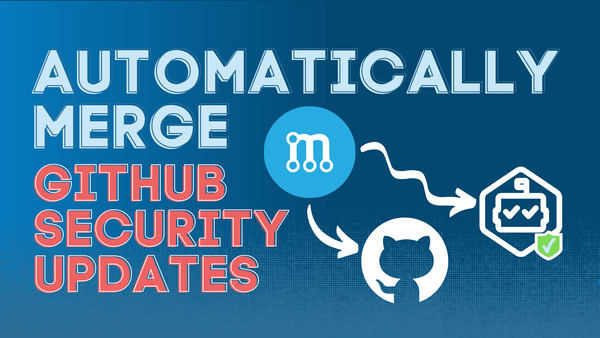
Tutorials
Managing security updates on GitHub can get hectic in a hurry as third-party dependencies develop at their own pace, separate from your project. Leaving vulnerable dependencies unpatched can open your entire application up to otherwise avoidable threats, but manually reviewing and merging such updates can quickly eat up all of
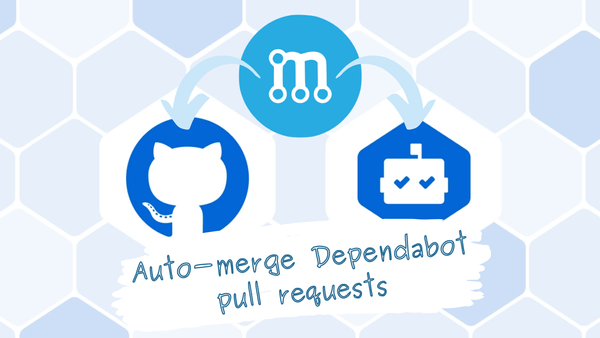
Technical
We all knew it was going to happen anyway. GitHub just pulled the plug and removed Dependabot Preview. Dependabot was absorbed by GitHub 2 years ago now, and it seemed logical to phase out the Preview version of it. More than 30,000 organizations relied on this fabulous tool to
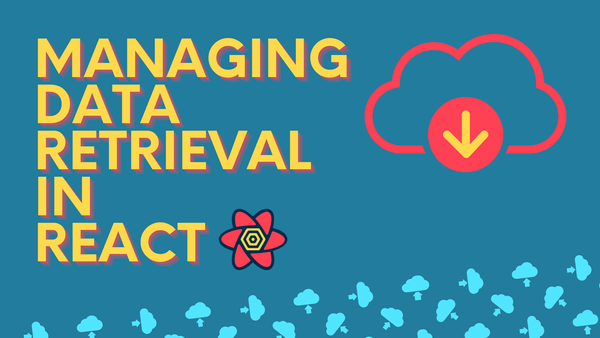
Technical
Consuming API in React sounds straightforward. Fetching data can be resumed by using the `fetch` function and getting back the value. Using this simple approach would be fine if everything always worked as intended. However, fetching data is way more than retrieving some value. You have to deal with unexpected